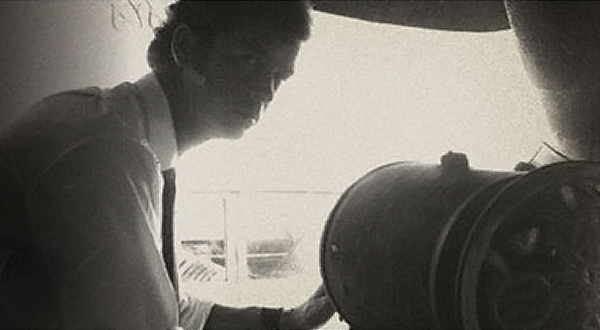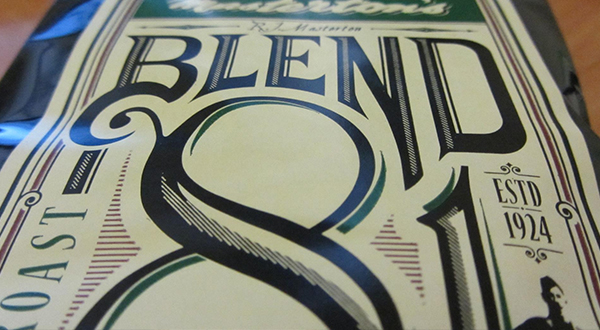The Coffee Legend
Ronald John “Jock” Masterton
Our founder, Ronald John ‘Jock’ Masterton, came to South Africa from Scotland in 1920 at the age of 23 after serving as an officer in the Black Watch regiment during the First World War. He first worked as assistant manager on the farm ‘Three Rivers’ in Vereeniging where he met his future wife Marjorie. The couple then made the move to Marjorie’s hometown of Port Elizabeth in the Eastern Cape.
After then studying Tea Tasting in Ceylon (Sri Lanka today), Jock returned to Port Elizabeth where he opened ‘The Tea and Coffee House’ at 33a Queen Street (now Govan Mbeki Avenue) in 1924, and later moved to 114 Russell Road. We have since moved to 92 Main Road, Walmer from where we roast our coffee today.
Our very first bag of coffee was a Brazilian Santos, which at the time cost just 1 Pound 18 shillings and sixpence!






























